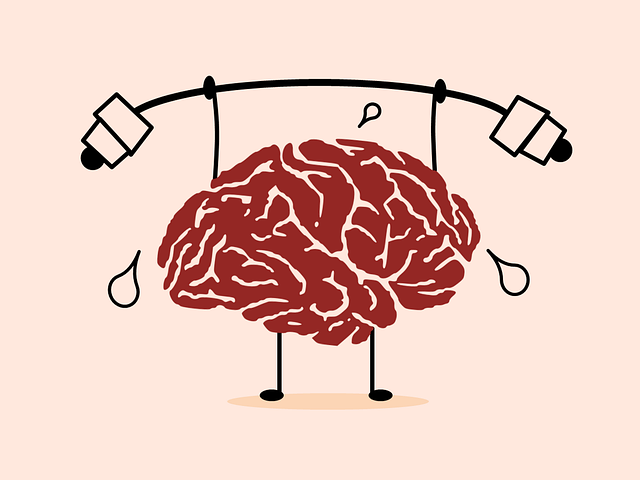While both traditional tests and online tests have their advantages and disadvantages, online tests are superior when the format is used correctly.
In the modern day, information needs to be moving as fast as possible, and traditional paper tests are failing to keep up.
With the prevalence of hybrid and online-only courses, online tests have been established as a useful method of administering exams. Despite their effectiveness, online tests have caused a divide among students who either hate or prefer them.
One of the largest drawbacks to taking tests online is the ability for students to use the internet or their notes to look up answers for the tests. This problem usually arises when tests are allowed to be taken at home, where students are unsupervised.
In order to combat cheating, online tests should be taken in a classroom, proctored by the professor. This would also eliminate any chance for confusion in the test as any inconsistencies can be addressed directly by the professor.
If a bank of questions is used to generate random versions of the same test, and students are monitored while taking the test, online test-taking allows fewer opportunities for cheating than traditional test taking.
Ultimately, the goal of online test taking is not to allow students to take tests from their homes, but rather to speed up the grading process. By submitting answers to be graded by a computer, grades can be posted much faster than with traditional test-taking methods.
Scantrons have sped up traditional testing by using machines to process answer sheets but also come with significant drawbacks.
On top of being yet another expense, Scantrons do not completely remove all chances for human error. Students also have to remember to bring their Scantron sheet, which can be easily forgotten amidst the stress of studying for exams.
In instances where it is not feasible to have 100 or more students using computers in class to take a test, the use of technology such as iClicker — a hand-held device that allows students to digitally answer test questions — could replace Scantrons entirely.
Finally, traditional test taking leads to an overabundance of used paper. According to Boston College, the average college student produces 320 pounds of paper waste each year. Furthermore, the University of Southern Indiana reports that around 1 billion trees’ worth of paper is thrown away each year in the United States.
Not only would online testing reduce the amount of paper used each year by universities, it would also lead to less money spent on paper. Less paper used means less of an impact on the environment and less trash that needs to be recycled by the school.
While students may still be split on whether or not they prefer online tests over traditional, online tests have the potential to easily phase out traditional tests as the main method for test taking.



